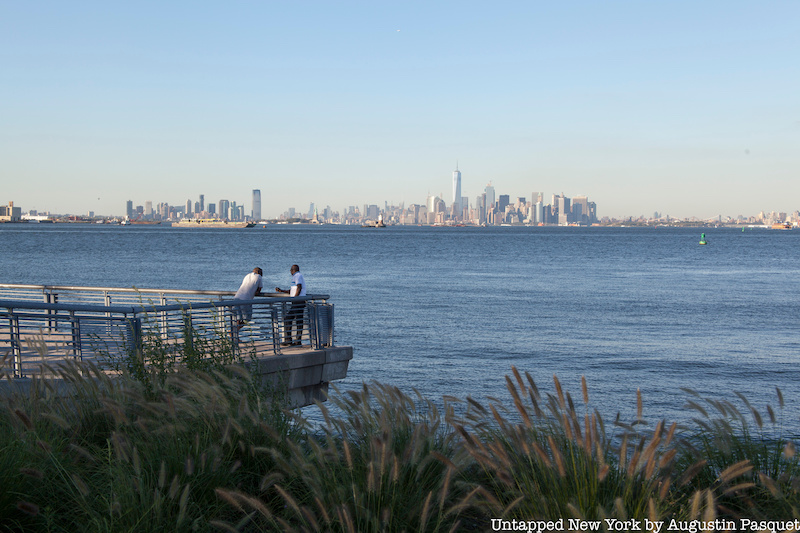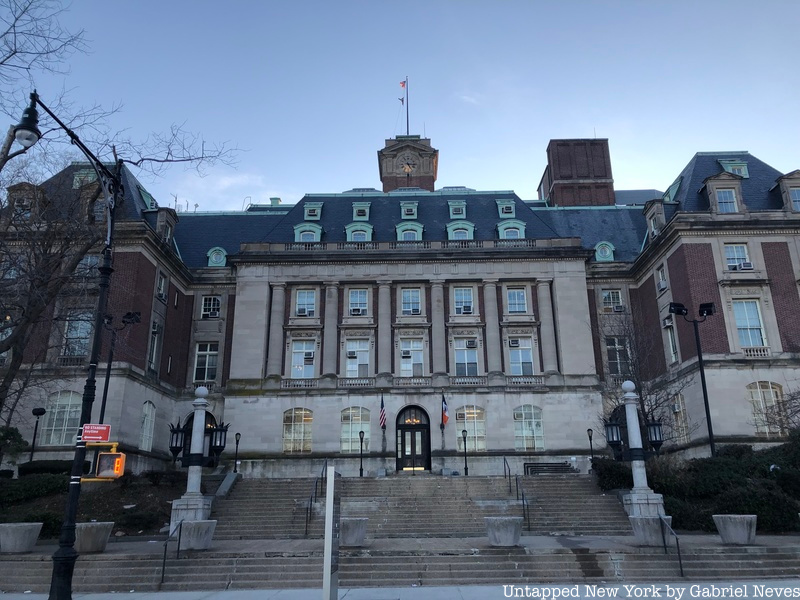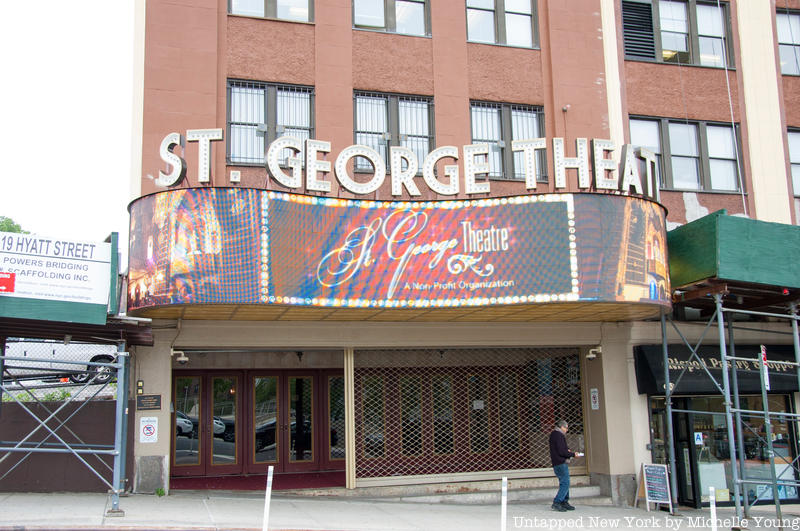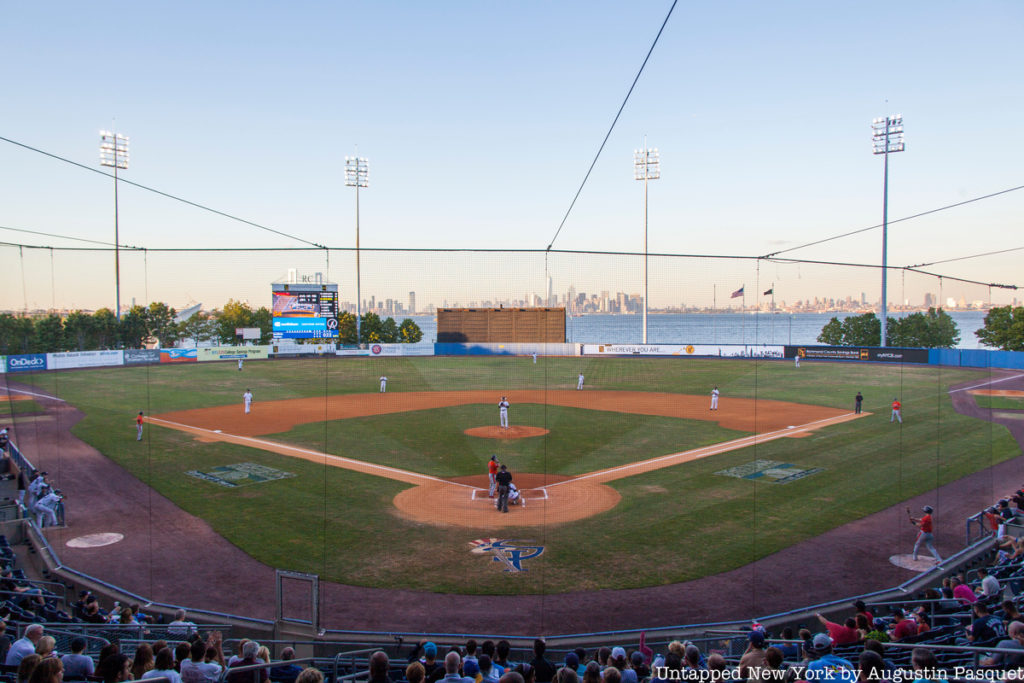St. George

The northernmost terminal on the Staten Island Railway is part of the largest transportation hub for commuters traveling in and out of the borough. More than 70,000 people use the St. George rail-ferry terminal each day to travel off the island, many of whom utilize the Staten Island Ferry to get Lower Manhattan in just 20 minutes. The terminal opened to the public in 1886 and was later followed by the construction of a railroad station in 1887. It remains one of the few rail-boat connections left in the entire United States.
The land was previously inhabited by the Lenape Native American tribe for centuries before it was settled by the Dutch upon their arrival in the mid-17th century. Much of the neighborhood was developed by former U.S. Vice President Daniel D. Tompkins in the early 1800s until a financier named George Law was hired in 1880 to secure a contract for the waterfront property. Erastus Wiman, the businessman who hired Law to acquire the land, honored the financier by changing the name of the neighborhood from New Brighton to St. George.
St. George features a variety of historical buildings and landmarks in what continues to be the primary municipal center of Staten Island. Beaux-Arts buildings such as the Staten Island Borough Hall and the Richmond County Courthouse are located just across the street from the ferry terminal. These two buildings were designed by Carrère & Hastings, the same architectural firm responsible for the creation of the Frick House, the main branch of the New York Public Library, and the Metropolitan Opera House.

The National Lighthouse Museum, located just a few blocks away from the municipal buildings, once housed the general depot for the United States Lighthouse Service. The location used to store different kinds of equipment for maintaining and building lighthouses along the East Coast. Vaults within the building were filled with items like lamp oil, ship anchors, chains, and lenses. After the need for lighthouses began to diminish in the early 1900s, the facility was eventually granted to the United States Coast Guard in 1939. The depot was abandoned and vandalized for decades after that until the museum eventually opened its doors in 2015.
History is also represented by the houses found in St. George. Plenty of the homes, especially around Curtis High School in the area’s historic district, used to be summer getaway destinations for wealthy Americans in the 19th century. Victorian, shingle-style, Greek-revival, Tudor, and Colonial Revival houses are the architectural styles on display in the neighborhood. There is even an Art Deco-style apartment building where actors Paul Newman and Martin Sheen used to live.

The St. George Theater and the Richmond County Bank Ballpark are two other neighborhood landmarks. The 2,800 seat theater, located just up the hill on Hyatt Street, has an interior design modeled after some of the finest performing arts centers in the city. Musicians like Chaka Kahn and Lester Flatt, as well as comedians Chris Rock and Jerry Seinfeld, held performances at the St. George Theater.

The ballpark sits adjacent to the St. George Terminal and was the former home of the Staten Island Yankees until the minor league team was disbanded in 2020. The stadium is currently undergoing a surface renovation so that it can host games for local rugby and soccer teams. As we move on from St. George, let us take a ride along the Staten Island Railway!





